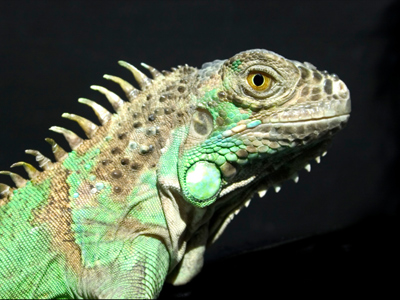

What is a Tundra?
This Geography quiz is called 'What is a Tundra?' and it has been written by teachers to help you if you are studying the subject at middle school. Playing educational quizzes is a fabulous way to learn if you are in the 6th, 7th or 8th grade - aged 11 to 14.
It costs only $19.50 per month to play this quiz and over 3,500 others that help you with your school work. You can subscribe on the page at Join Us
This quiz looks in particular at the extreme climate of the tundra, found in the Arctic Circle and some mountain tops. Tundras are one of the Earth’s most extreme climates. Their combination of cold and dry conditions mean few species are able to survive the harsh environment of a tundra. Found in the Arctic Circle and on top of mountains, tundras are cold places where rainfall is rare and limited and snow is present throughout the winter and often part way into the summer.
Ready for more?
not all...
quizzers. Try to win a coveted spot on our Hall of Fame Page.






